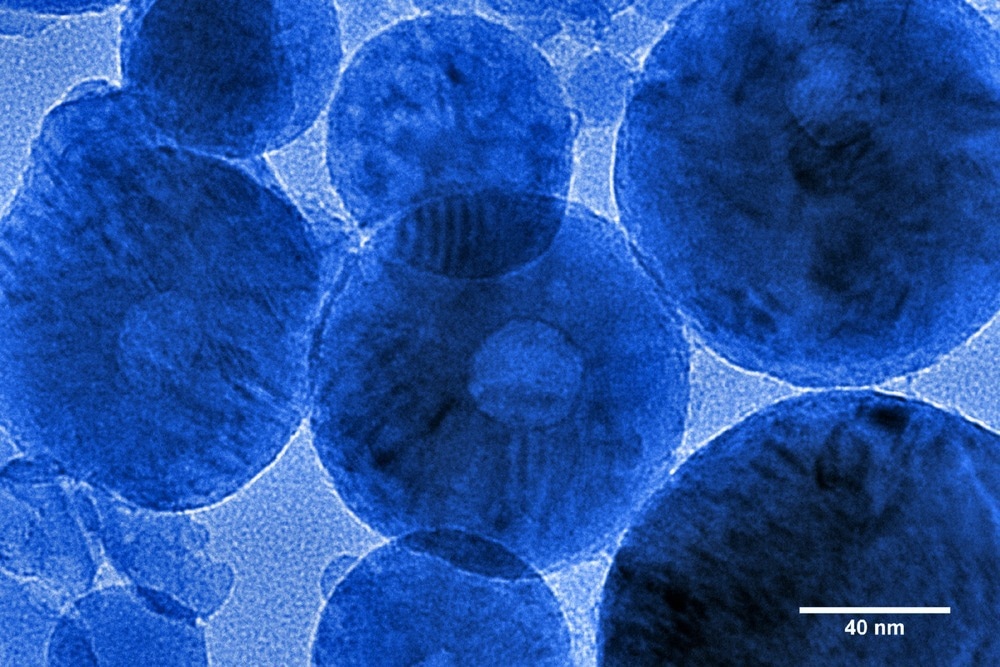It is possible to gain deep insights into the tiniest details of materials and image them with the help of electron microscopes. However, the majority of the materials in nature are not motionless.

Image Credit: Georgy Shafeev/Shutterstock.com
They constantly move, interact, and reshape between initial and final configurations. One of the most common phenomena is the interaction between light and matter, which is always in materials such as displays, solar cells, or lasers.
These interactions are defined by electrons pushed and pulled around by the oscillations of light, and the dynamics are extremely fast: light waves oscillate at attoseconds, the billionth of a second.
Until now, it has been very difficult to directly visualize these extremely quick processes in space and time, but that is exactly what a group of physicists from the University of Konstanz has been successful in doing.
Videos with attosecond time resolution in a transmission electron microscope were recorded by the researchers, thereby offering new knowledge into the functionality of dielectric meta-atoms and nanomaterials.
They recently reported their study outcomes in the scientific journal Nature.
Generation of Ultrashort Electron Pulses
If you look closely, almost all phenomena in optics, nanophotonics, or metamaterials occur on time scales below one oscillation period of a light wave. To film the ultrafast interactions between light and matter, we therefore need a time resolution of attoseconds.
Peter Baum, Physics Professor and Head, Light and Matter Group, University of Konstanz
For such an extreme recording speed to be achieved, Baum’s research group makes use of the quick oscillations of a continuous-wave laser to shift the electron beam of an electron microscope into a sequence of ultrashort electron pulses.
In this process performed, a thin silicon membrane makes electrons’ periodic acceleration and deceleration.
This modulation causes the electrons to catch up with each other. After some time, they convert into a train of ultrashort pulses.
David Nabben, Study First Author and Doctoral Student, University of Konstanz
One more laser wave helps make the interaction with the sample object. Further, the ultrashort electron pulses are utilized to quantify the response of the object to the laser light, frozen in time like in a stroboscope. In the end, the scientists obtain a movie of the processes with attosecond time resolution.
Investigation of Nanophotonic Phenomena
In their study performed, the researchers present numerous instances of time-resolved measurements in nanomaterials.
The experiments show, for instance, the advent of chiral surface waves that could be regulated by scientists to travel in a particular spatial direction or characteristic time delays between various modes of radiation from nanoantennas.
Moreover, the researchers not just examine such surface phenomena but also film the electromagnetic processes within a waveguide material.
The outcomes obtained are highly fascinating for additional developments in nanophotonics but also illustrate the highly extensive application range of the new attosecond electron microscopy.
The direct measurement of the electromagnetic functionality of materials as a function of space and time is not only of great value for fundamental science, but also opens up the way for new developments in photonic integrated circuits or metamaterials.
David Nabben, Study First Author and Doctoral Student, University of Konstanz
Journal Reference
Nabben, D., et al. (2023) Attosecond electron microscopy of sub-cycle optical dynamics. Nature. doi.org/10.1038/s41586-023-06074-9.